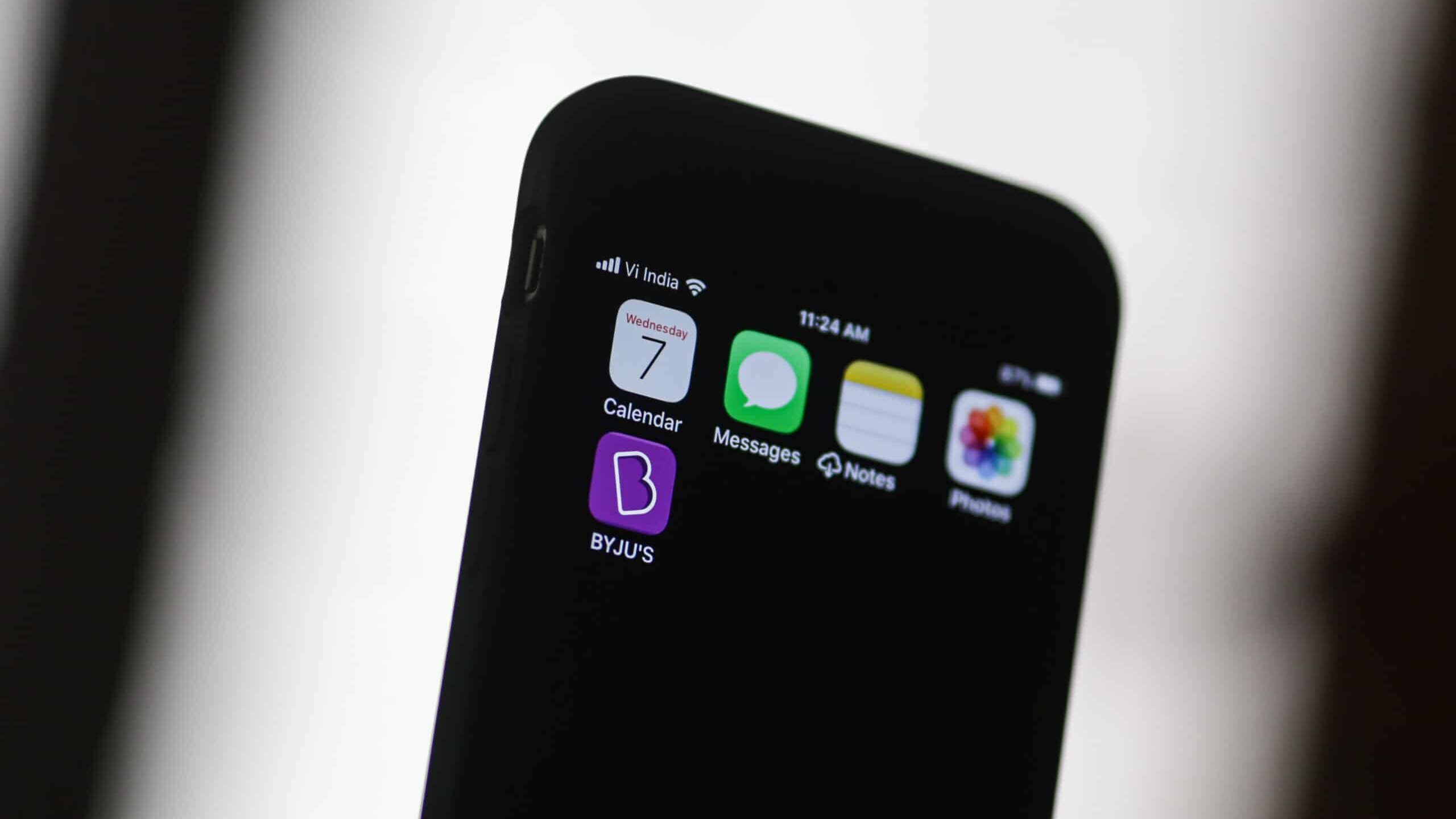The internet’s talking heads like to predict the end of everything. Whether it’s a console, cryptocurrency, the high street, or a movie franchise, something out there is always about to meet its untimely end. Let’s not forget that headlines about millennials destroying industries were so common a few years ago that the idea became a meme. Some things are definitely more doomed than others, though.
Active Users
Social media apps are one of these things. Earlier in 2023, the Verge website managed to summarise the web’s obsession with the end of Facebook, Snapchat, and Instagram (etc.) by stating that all these sites are “doomed to die”. The issue apparently stems from excessive monetisation at the expense of user experience. For instance, Verge noted that Instagram added the Reels and Shopping features instead of bringing back the chronological timeline.
The entire social media industry seems to be a glutton for failure. Nowhere is this clearer than in the rapid demise of BeReal, an Instagram-a-like that went from 1 million to 20 million users in the first few months after its 2020 launch, only to have dropped back to 6m by March 2023. In this case, the steep decline in popularity was blamed on an increasing lack of uniqueness compared to its rivals.
Similarly, Threads, Meta’s reaction to the meltdown at Twitter HQ, has also lost 82% of its active users since the end of July. In numbers, that’s 36 million people who have gone missing from the app in less than a month. The similar app Mastodon was also in a slump late last year, with a 30% smaller user base from its 2.5 million peak. Oddly enough, its popularity ebbs and flows depending on how angry Twitter’s users are with Elon Musk.
Short-form Media
Already, there’s a feeling that social media is a mostly competition-free zone, lorded over by a few ornery kings. This contrasts with many other app niches. Games are the obvious example, as there are nearly half a million of them on the Play Store, but the iGaming – or casino – niche also has plenty of operators vying for dominance. In the United States, the best casino apps NJ includes Playstar’s downloadable software for smartphones and tablets.
While casinos like Playstar do offer common experiences like slots and table games, they differentiate themselves with bonuses and promotions. Obviously, this isn’t really possible with social media sites, so retention efforts come down to something much rarer – a unique offering. This is what TikTok, which recently surpassed a billion users, brought to the table. To compete, Facebook and YouTube just copied it by adding their own short-form media capabilities.
ADVERTISEMENT
Beyond those specific examples, many of the reasons why social media apps fail are due to simple bad business. For example, Friendster couldn’t keep pace with trends in the industry, Vine didn’t make any money, and MySpace reacted to sudden competition by changing its identity altogether. MySpace, what many will consider their first social media experience, is now a music platform.
Overall, social media offers rare insights into a sector that adores new things yet, ironically, remains hostile to newcomers.









